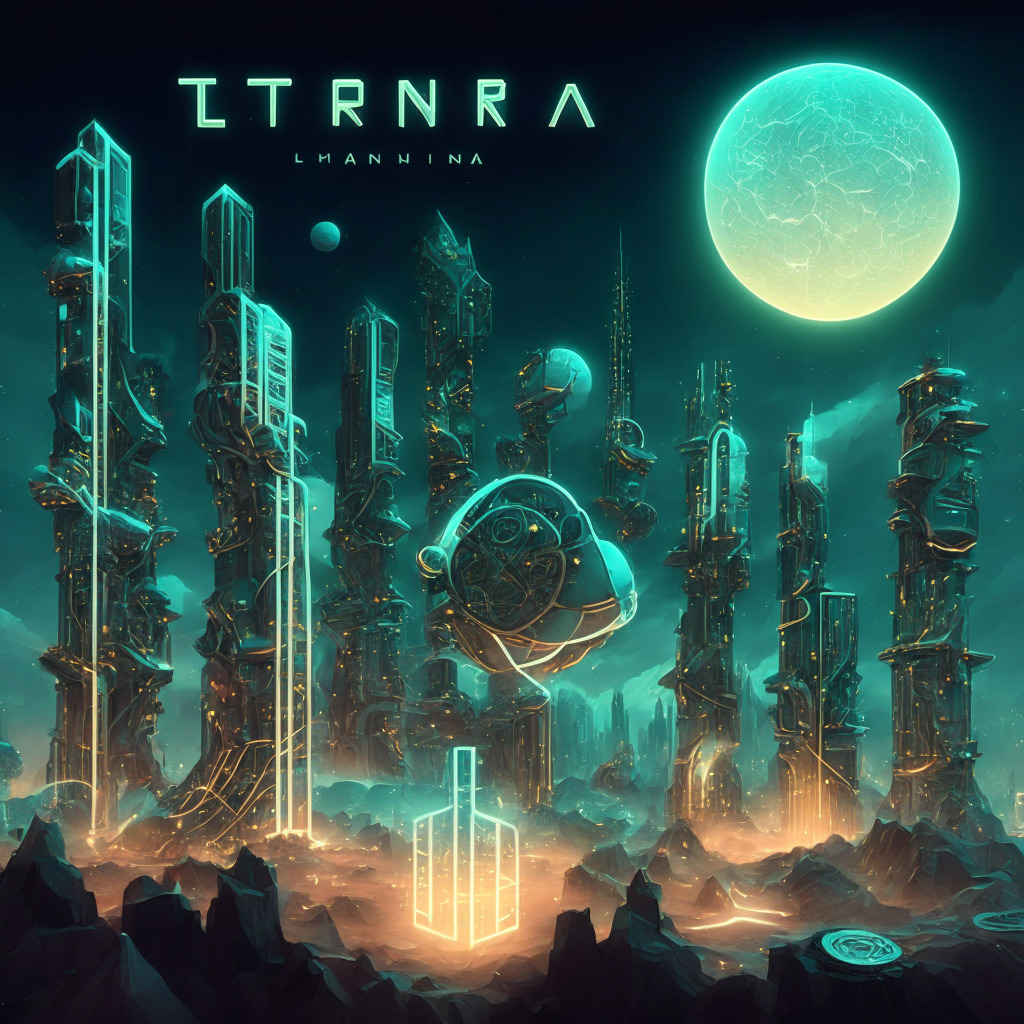Etherscan, the leading block explorer and analytics platform for Ethereum, is beta testing an interesting new feature called Code Reader. This tool allows users to query OpenAI’s large language model (LLM) to research solidity smart contracts, opening up a new and intuitive way for non-developers to learn about how specific smart contracts function.
Just like the recent Advanced Filter made it easier to research transaction information history, the Code Reader provides valuable resources for developers and other interested parties to better understand code. This feature is particularly useful when interacting with a smart contract for the first time, as it provides an in-depth understanding of its operations and functionality.
Etherscan emphasizes that the information and answers are coming from OpenAI’s LLM, not from Etherscan itself. While the tool is known to have useful applications in writing and parsing code, it shouldn’t be relied upon in isolation. Professional auditing firms have found it to offer a useful productivity boost, such as Michael Lewellen, a security solutions architect at OpenZeppelin.
However, the Code Reader is not without its limitations. It cannot comment on the utility of a meme or determine the value a token has to its “community.” Instead, it can help users break down and understand what is written in the smart contract code. For example, let’s take a look at a recently popular memecoin named PEPE.
The PEPE token contract reveals that it is “ownable,” meaning an account (owner) can be granted exclusive access to specific functions, four of which are:
1. A transfer ownership function that allows the owner to transfer ownership of the contract to a new account.
2. The owner can set rules for token transfers.
3. The owner can add or remove addresses from a blacklist.
4. A function to renounce ownership of the contract, removing any functionality available only to the owner.
Renouncing ownership of a contract means giving up control over the contract and its functionalities. But, in the case of PEPE, OpenAI has discovered that the ownership of the contract has indeed been renounced. This means that new addresses cannot be added to the blacklist, and transfers can take place without any limitations or censorship (though not much else).
While this new tool is still under development, the Etherscan team is actively seeking feedback and an OpenAI API key is required. So, keep an eye on the future of the Code Reader and the impact it could have on how we understand and interact with smart contracts in the world of blockchain and cryptocurrency.
Source: Blockworks




